We live in the digital age, and it has been unprecedented, evolving at a rate so rapid that innovations introduced just years ago are already considered outdated today. Things continue to become more connected, with technology advancing so fast that we have already reached the limits of Moore’s Law and are expected to see some diminishing returns since we have already hit a stride.
Right now, we already see continuous growth and adoption rates for solar power and artificial intelligence, which are concepts that seemed inaccessible to the public just 15 years ago. Among the many new technological concepts introduced to the market at large are smart systems under the cloud. 70% of all tech spending is going to cloud solutions, and there are already around 50 billion smart devices that continuously take up and share data today. In every industry, the cloud permeates society keeping us all connected, storing our information, and residing in the unseen space all around us as we move forward into the digital future. So, where are we at with the cloud?
Both Sides Now
We have looked at the cloud from both sides now, both commercially and residentially (though that may not be the cloud that Joni Mitchell had in mind back in 1967). In both work and home life, it has become a crucial resource for most people. Think major sectors like finance, healthcare, and government, and then trickle that down to your very home, and you will see just how omnipresent it has become in the modern age.
Today, you can find many reputable smart home companies that can already automate your entire household for prices that are much more accessible than ever before. Smart homes seemed like a cool yet distant concept before. However, it is now a practical way to future-proof a house. It is a viable option for any household, whether composed of a young single professional, a family with young children, or some elderly individuals navigating their golden years.
Since smart homes rely on the “Internet of Things,” this is another connectivity pathway that works hand-in-hand with cloud computing to make sure that everything works as it should serve the user best. When our devices remember our preferences, we upload things, post online, save photos to our digital drives and expect our home system to be able to turn on the lights and switch channels on TV as we please, this all falls under the cloud. When we expect Netflix to remember what episode we stopped watching on and Amazon to know where we live when it offers products, it is all because of the same cloud.
With a Chance of Free-for-All
While it may be easy to think of this is as one big entity that keeps every system in the entirety of the planet, there are many. It may be easier to visualize it just as you would the clouds in the open sky. We know some of the most popular instances like the iCloud, but three types of Cloud are used in networks (especially business). There is a private cloud, public cloud, and the hybrid cloud.

The private cloud is easy to grasp (considering the actual complexity of how it works technologically) and usually serves businesses and major enterprises because it offers backup solutions for sensitive data while providing high security to prevent outsider attacks and peering eyes. What most of us are exposed to is the public cloud, which can host much more because of its free form and accessibility. While that also means a few more security measures need to be taken to keep it a safe resource, it also allows a lot of flexibility and information depending on how it is used. Hybrids combine the best parts of the two previous types to provide storage, computing, and infrastructure, albeit with a lot more weaving and intricacies involved.
Tomorrow’s Cloud Computing
As the Internet continues to thrive and become one of the most critical pillars in modern society, cloud technology rises in relevance as it allows easy distribution and manageable processing throughout major networks. From our infrastructures to the applications used across industries and the platforms that the public patronizes, tomorrow looks like it will still be under the ever-expanding and improving cloud. It is astonishing how much progress has been made since its inception and how different its implementation is today compared to just a decade ago. The more we find ways to improve this technology, the more it seems that the sky is the only limit.






